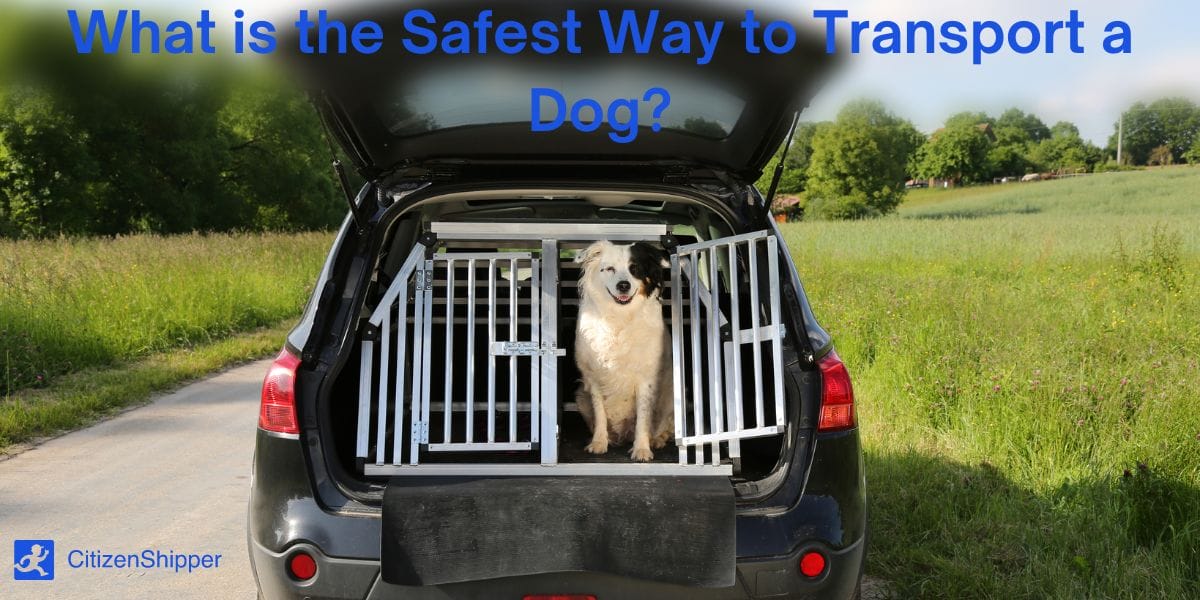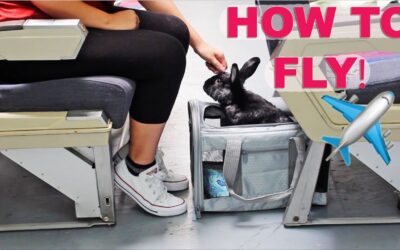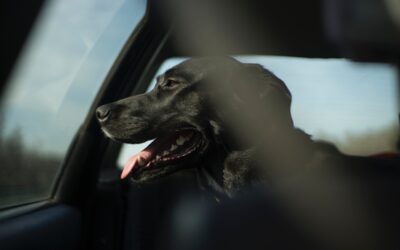Transporting your dog safely is essential for both short trips to the local park and long-distance travel. Whether you’re heading to the vet, going on a road trip, or flying to a new destination, there are several important considerations to keep in mind when transporting your furry friend.
Traveling by Car
When traveling by car, it’s crucial to prioritize your dog’s safety and comfort. Consider using a pet travel crate or a special seat belt harness designed for dogs to ensure they remain secure during the journey. This will prevent them from moving around the vehicle and reduce the risk of injury in the event of sudden stops or accidents.
Essential Tips For Car Travel With Your Dog:
- Use a pet travel crate or a seat belt harness specifically designed for dogs
- Secure the crate or harness to prevent movement during the journey
- Make regular pit stops for bathroom breaks, exercise, and hydration
- Do not leave your dog unattended in the car, especially in extreme temperatures

Credit: islandpetmovers.com

Credit: plushpawsproducts.com
Flying with Your Dog
If you’re planning to fly with your dog, it’s important to be aware of the airline’s pet travel policies and requirements. Most airlines have specific guidelines for transporting pets, including the type of crate or carrier allowed, necessary documentation, and any additional fees associated with bringing a pet on board.
Important Considerations For Air Travel With Your Dog:
- Check the airline’s pet travel policies and requirements in advance
- Ensure your dog’s crate or carrier meets the airline’s specifications
- Obtain the required health certificates and documentation for your dog
- Book a direct flight whenever possible to minimize travel time for your dog
Traveling by Public Transportation
When using public transportation such as buses, trains, or subways, it’s essential to follow the specific pet policies of the transportation provider. Some providers may require dogs to be in a crate or carrier, while others may have size or breed restrictions.
Tips For Using Public Transportation With Your Dog:
- Research and adhere to the pet policies of the transportation provider
- Ensure your dog remains calm and well-behaved during the journey
- Use a secure leash and collar to prevent your dog from wandering off
- Respect the space and comfort of other passengers when traveling with your dog
General Tips for Transporting Your Dog
Regardless of the mode of transportation, there are several general tips that apply to transporting your dog in any situation:
- Provide familiar bedding and toys to help your dog feel comfortable and secure
- Ensure your dog is wearing a collar with an ID tag containing up-to-date contact information
- Bring along an ample supply of water, food, and any necessary medications for your dog
- Plan regular breaks for bathroom breaks, exercise, and mental stimulation
By following these guidelines and being mindful of your dog’s safety and well-being, you can make the travel experience a positive one for both you and your furry companion.
Frequently Asked Questions On How To Transport A Dog
How To Transport A Dog By Car?
Transporting a dog by car requires proper preparation to ensure their safety and comfort. First, secure them in a well-ventilated crate or harness. Place non-slip padding and bring food, water, and treats for the journey.
What Size Crate Is Best For Dog Transport?
When choosing a crate for dog transport, opt for one that allows your dog to stand, turn around, and lie down comfortably. The crate should be well-ventilated, secure, and not too big, providing a cozy den-like environment.
Is It Safe To Use A Dog Harness For Car Travel?
Yes, using a dog harness designed for car travel can be safe. Ensure it is properly fitted and attached to a secure seat belt system to minimize the risk of injury during sudden stops or accidents.
How To Keep A Dog Calm During Transportation?
To keep a dog calm during transportation, establish a familiar and comfortable environment. Use calming aids, such as pheromone sprays or natural remedies. Provide soothing blankets and toys, and play soothing music to help relax them.



